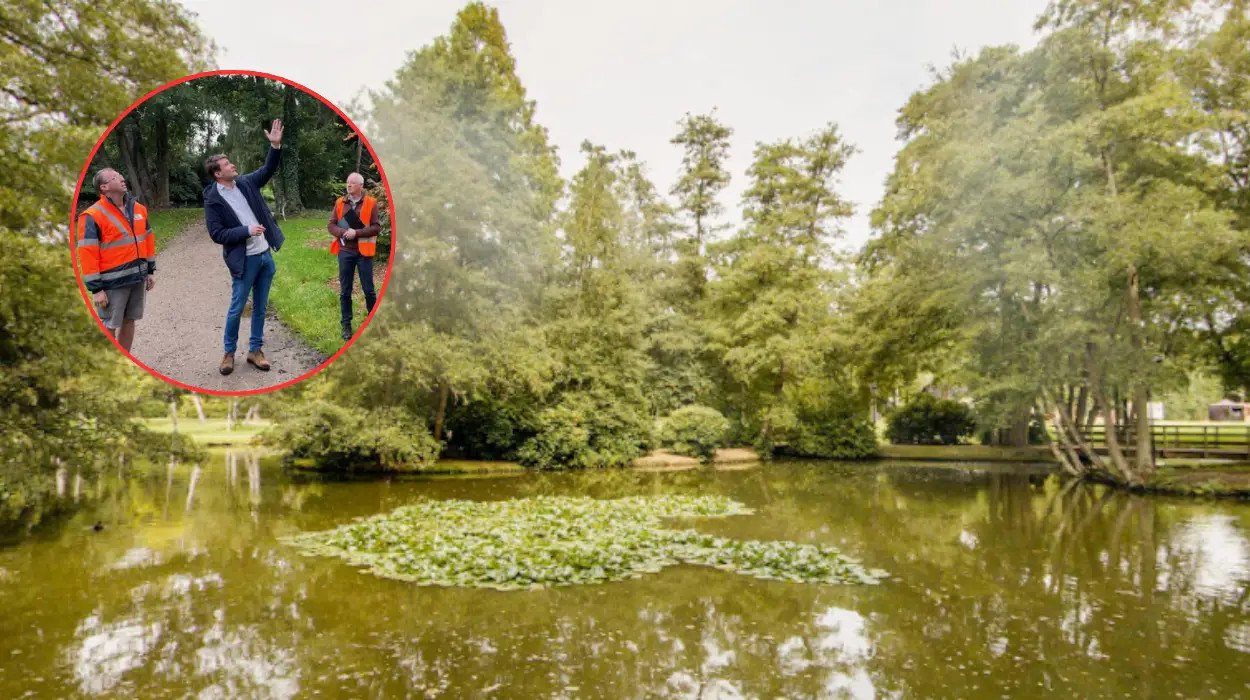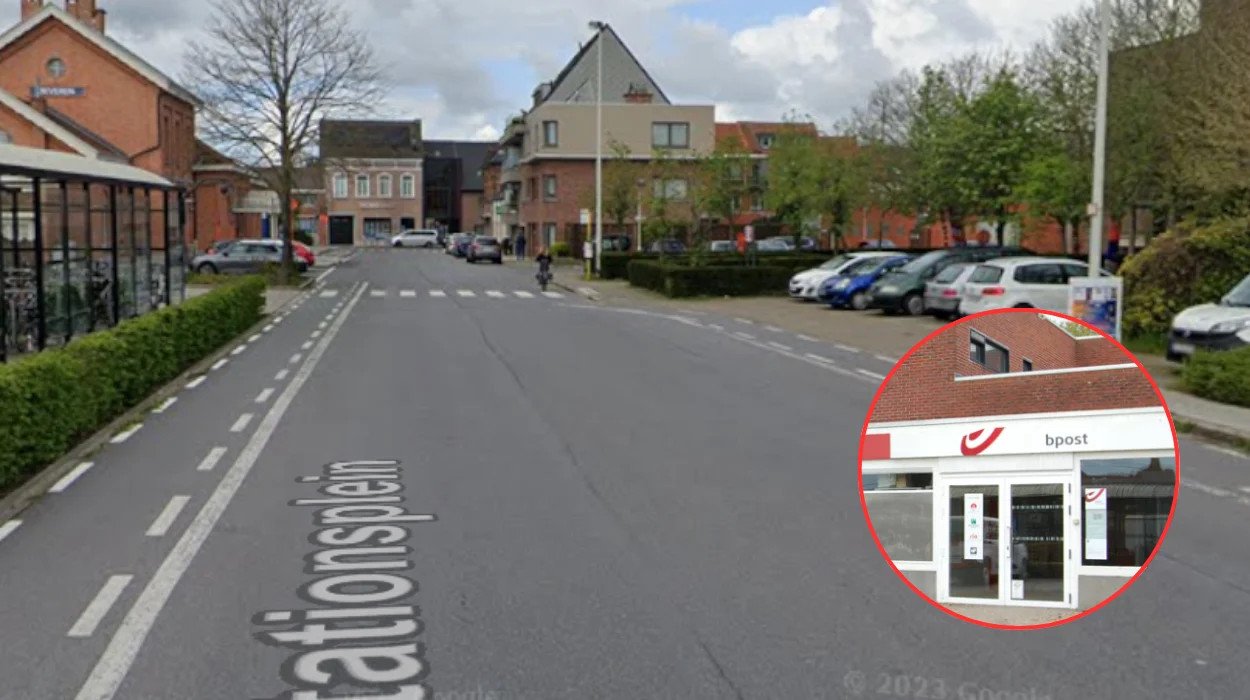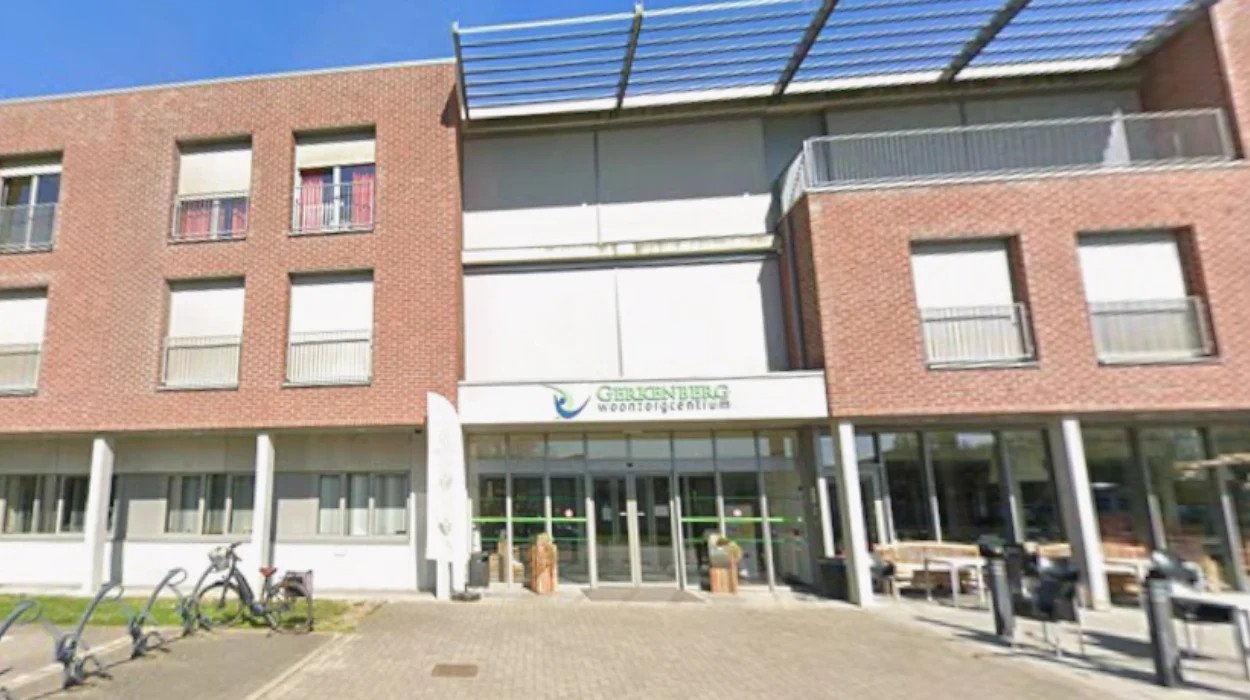Riemst – The marl caves in Riemst are confronting significant threats from vandalism and waste as around 20 volunteers participated in a cleanup at the Ternaaien-Beneden quarry. Mayor Mark Vos has called for the closure of remaining Walloon entrances, reports 24brussels.
According to VRT News, the caves in Riemst, located in the province of Limburg, are increasingly plagued by unwanted visitors. The Ternaaien-Beneden marl quarry, situated on the Castert plateau, has become a hotspot for urban explorers and adventurers.
Officials have indicated that these visitors leave significant amounts of litter behind. While organized cleanups can address trash, the issue of graffiti persists, with spray paint and carvings damaging the historic limestone walls.
“Unfortunately, there are still places where people can enter the caves,”
stated Suzanne Hanssen from the Subterranean Limestone Quarries Study Group.
What threatens Riemst’s Marl caves despite the volunteer cleanup?
A major cleanup is underway today, September 27, 2025, led by the Study Group for Subterranean Limestone Quarries. Volunteers are meticulously removing waste while safeguarding the integrity of the limestone walls. Experts warn that if vandalism persists, future generations may not experience the caves in their original condition.
“More caves on the Walloon side must be closed.”
said Mark Vos, the mayor of Riemst (CD&V).
In recent years, many entrances to the marl caves in Limburg have been closed, yet several access points remain open, particularly on the Walloon side. Despite the illegality and dangers associated with entering the caves, illegal access persists. Mayor Vos has reiterated his commitment to closing the remaining entrances.
“The cave that is being cleared today is located on Flemish, Walloon and Dutch territory,”
he emphasized.
Around 20 volunteers dedicated their day to cleaning up the quarry, focusing on removing debris and litter left by visitors. Officials have reiterated the importance of collaboration between regional authorities and local communities to tackle these issues effectively.
The underground marl caves, including the Ternaaien-Beneden quarry on the Castert plateau, have existed since the 15th century. Historically, these quarries produced Maastricht Stone, a locally sourced, soft, and porous limestone.
Quarrying commenced in the 15th century and persisted into the 20th century, with some areas still active in recent years. The caves provided essential building materials during periods of conflict. By the 19th century, some quarries, including Ternaaien-Beneden, transitioned from underground to open-pit mining, creating features such as the Lost Valley.










